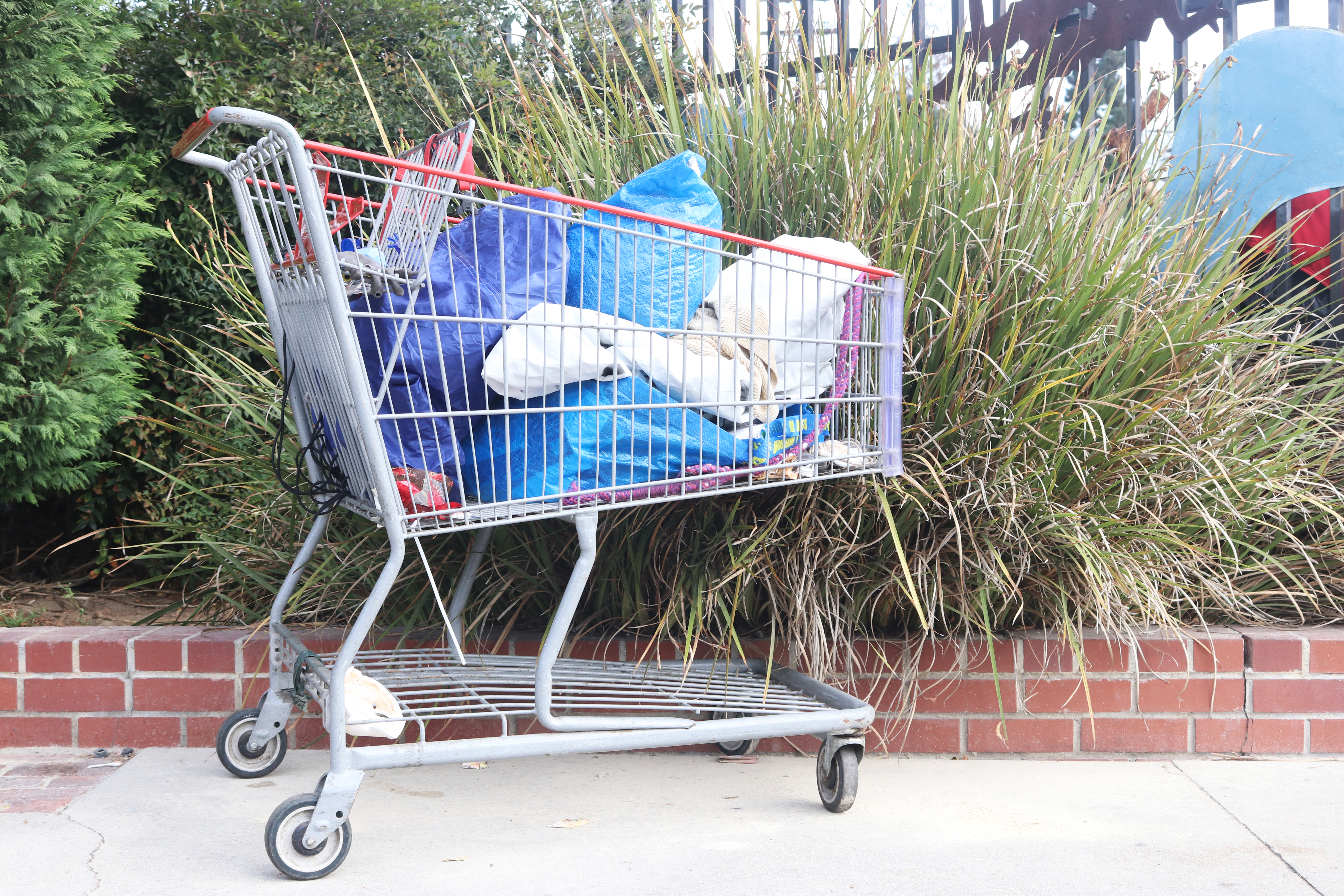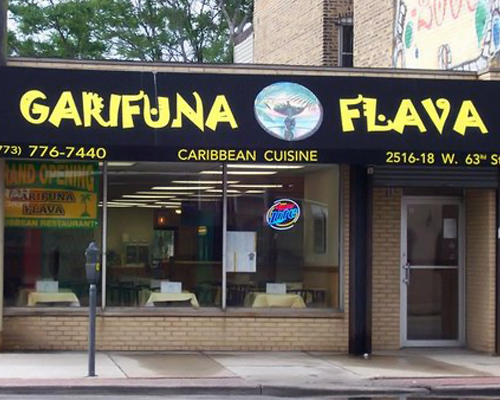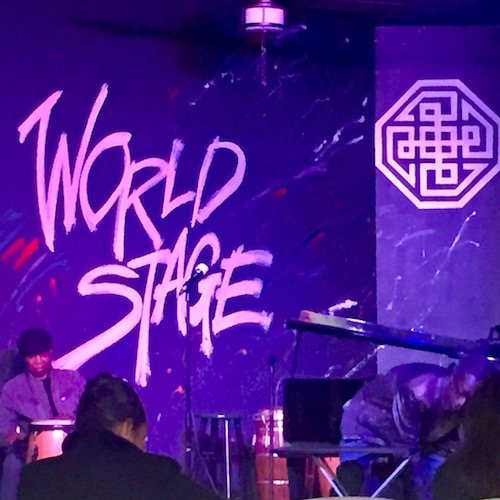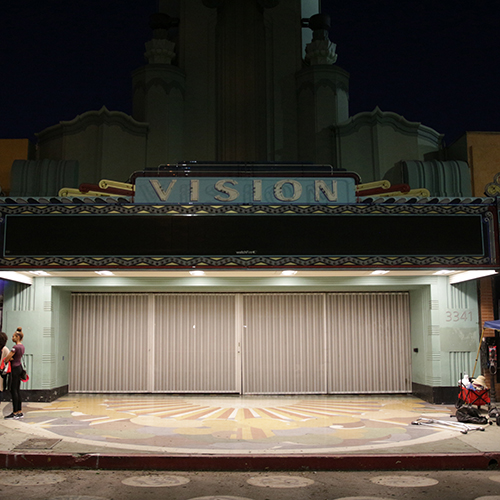Most days of the week, Leimert Park looks abandoned. Shops are empty, save for their owners, and business-lined streets are quiet, save for a couple of people leaning against their cars to chat.
But Sherri Franklin, working to revitalize the area, doesn’t see it that way. She views Leimert Park as a center of Los Angeles, where people from all over can come to connect with one another and feel like an integral part of the city.
“I don’t think there is any place as communal as Leimert Park,” she said.
She refers to the neighborhood as the city’s foremost African American cultural community. Most people call it the same; about 90 percent of its residents are black, and nearly every business on Degnan Boulevard sells some form of African art, clothing or literature.
But trash litters the roads, the homeless populate the community’s park and a sense of abandonment permeates the air on Degnan, making Leimert Park look more like a shell of a community than a bustling cultural hub. The neighborhood isn’t what it used to be, many of its residents say.
But they’re hoping the home they once knew will one day come back to life.

“Leimert Park is really dry right now,” high school student Michael Blake said. “Walking down the strip, there’s only two places where you see people ever – it’s the bookstore and Ackee Bamboo – and no one really goes anywhere else.”
Six years ago, he said, those shops were full of people.
“There’s been a desensitization to what Leimert Park was all about, which was the African culture. People aren’t as interested in that, so they’re always seeking other areas.”
If African culture is the community’s primary draw, why isn’t there more enthusiasm for it?
“Because it’s boring,” Leimert Park resident Herman Jones II said. “There’s no effort made to entice excitement into the newer generations.”
People need to be educated about the area’s African roots before they can become interested in them, they said.
“[The art and culture] is an exclusivity that must be promoted,” Jones said. “This must be sold as an experience, and every member must be a proper representation of the community.
“It takes a human revolution within the people. Self-esteem has to be restored in folks, which comes from knowledge of self.”
Longtime Leimert Park resident Herman Jones II on how he wants his community to change for the better. Watch the video on Youtube here.Three generations reflect on their neighborhood
Each grew up in a different Leimert Park, but despite their age gaps, they all want the same thing for their community: something better.

Michael Blake
Blake is Jones' nephew. He's lived in Leimert Park for 15 years. "There's been a desensitization to what Leimert Park was all about, which was the African culture," he said. He doesn't spend much time in the area's African goods stores.

Herman Jones II
Jones has been a Leimert Park resident for 30 years. He said he misses Dobson's food market and the way the neighborhood flourished before the L.A. riots in 1992. He most wants the area to gain healthy and exciting dining options.

Herman Jones
Herman is Jones' father. He's lived in Leimert Park for more than 50 years and has owned his home there for 30. "Even with all the transitions, I wouldn't want to change," he said. "I can't think of any place I'd rather be than right here where I am."
The Leimert Park Stakeholders hold a meeting every week to formulate a revitalization strategy for the community. They call it the 20/20 Initiative, and its goal is to spur business and economic development – and, in turn, tourism – in Leimert Park.
Franklin, who works on the initiative with the Urban Design Center, hopes their efforts will cause more businesses to thrive, especially once the upcoming Metro station brings more people to the neighborhood.
At their most recent meeting, the Stakeholders spent an hour discussing Leimert Park’s homelessness issue and the ways it prevents the revitalization they’ve been discussing for years.
Trash, fights, drinking and drug use among the homeless permeate the park during the week, they said.
“No business person is going to come in and put out hard dollars on a regular basis until that is fixed,” Stakeholder Clint Rosemond said.
The low self-esteem Jones mentioned, evidently, comes from the presence of a large homeless population and the desolate appearance it gives the area.
“You’ve got this problem of drugs, violence, mental illness. It’s pervasive,” Rosemond said. “We’re telling the police to fix this and it’s not their problem.
“It’s going to take the village.”
Rosemond, Franklin and Jones each mentioned the urgency of “cleaning up the park” before the community can hope to become a desirable destination.
The Stakeholders will hold a charette next month to plan more outreach programs for the homeless, and Franklin said the group has a partnership with the city to clean up the sidewalks, plants and seating.
Once people feel safer in Leimert Park, Franklin said, she expects businesses to move into the area.
“It’s hard for businesses to survive with our event-based audience,” she said. “We have to attract people here on a daily basis.”
She’s counting on the Metro station to bring in that daily audience.
Gentrification in #leimertpark has spurred mixed reactions among residents. This is the Joneses' experience: https://t.co/fDPSzOS530
— Sara Cagle (@saralcagle) November 11, 2016
Visualizing a community's future
The Leimert Park Village Stakeholders surveyed 350 people from Leimert Park and surrounding communities about how they'd like to see the community improve. Below is a visual representation of their feedback.
Most people are counting on Metro, actually, to bring their community back to life.
It could help.
“Any time you have an investment in rail, you see an increase in economic activity and investment up and down the entire corridor,” Metro community relations manager Anthony Crump said.
But if people want Leimert Park to retain its vibrant culture rather than gentrify, their strategy needs to be smart.
“If the local people can’t get it together to develop a cogent revitalization strategy that becomes local-centered, then some external group will come in and do it themselves,” city planner Dwayne Wyatt said.
Wyatt worries that if the 20/20 Initiative isn’t able to produce viable businesses by the time Metro passes through Leimert Park, then outside developers will see potential in the area and open businesses with more corporate, rather than community, interests. These developers, he said, don’t care that Leimert residents value mom-and-pop establishments emphasizing black culture and art.
“You want to have a revitalization strategy that will begin to enrich local people and at the same time provide the goods and services that everyone wants,” he said.
Jones, who visits the west side and beach cities for the food and entertainment options he’s missing in Leimert Park, said he’s tired of visiting other neighborhoods while his own gets so little support.
He said his home needs healthy restaurants and enticing nightlife before visitors can appreciate it. If Leimert doesn’t get those things, he said, outsiders will open up businesses of their own.
“I don’t need their ideas; I just need something here for them to be able to support because we’ve been supporting other communities for a long time,” he said.


The Metro station will open in 2017. Until then, Leimert Park hopes to accomplish a lot: to reduce homelessness, revitalize the park, attract on-brand businesses and re-establish a positive sense of identity among its people.
They know they’ll have newcomers. And they hope they can work together.
“We won’t be scared of the integration that naturally comes with commerce,” Jones said. “Matter of fact, we’ll be able to capitalize on it.”


